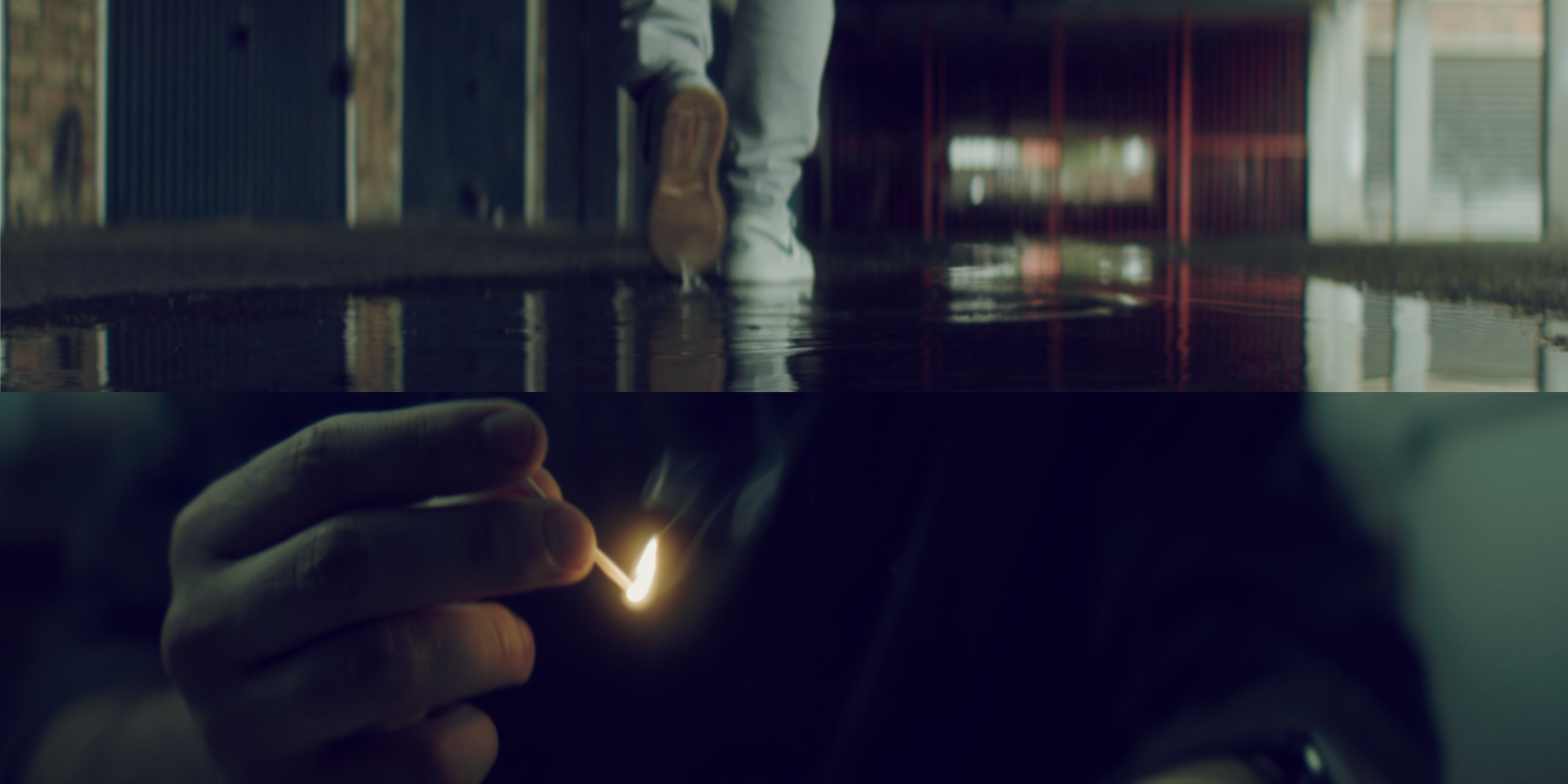
No Release
Short Film
2025
After their release from prison, two migrant men are confronted with a new form of punishment: constant surveillance through GPS ankle monitors, imposed by the UK immigration system. The film is an adaptation of research and interviews conducted by Dr Monish Bhatia as part of the project Immigration, location tracking and control, funded by a British Academy Mid-Career Fellowship.
No Release uncovers the long-term impacts of state control on the body, mind, and identity — from mandatory sign-ins, curfews and exclusions, to the psychological toll of being on a tag, subjected to 24/7 monitoring with no upper limit on time, and treated like a criminal long after the sentence has been served. The film also exposes the enduring fear of deportation, the erosion of dignity, and the violence of a system that punishes without end.
The film is an act of solidarity with those targeted by intersecting systems of immigration control and criminal justice, revealing how poverty, displacement, and lack of citizenship, along with gender and racialisation of risk, add to the bitterly punitive treatment of migrants. No Release lays bare the machinery of surveillance and exclusion that inflicts suffering and makes rebuilding life nearly impossible.
Screening
22nd September 2025
Venue
BLOC Cinema, Queen Mary University, London
BÉZNĂ Theatre and the International State Crime Initiative present
No Release Short film screening + Q&A
with Dr. Monish Bhatia and Sînziana Cojocărescu,
CAST
Idris – Farshid Rokey
Rafael – Janeks Babidorics
CREATIVE TEAM
Writer and Director – Sînziana Cojocărescu
Academic – Dr. Monish Bhatia
Director of Photography – Tom Pilling
Assistant Director / Script Supervisor – Katia Hiver
Sound Engineer – Adina Istrate
Make-Up and Prosthetics – Sofia Paradis
Make-Up Assistant – Alessandra Police
Editor and Colourist – Akhil Kumar
Drawings – iulia isar
Voices – Claire Gilbert, Elias Lattimer, Sînziana Cojocărescu
Producer – Claire Gilbert for BÉZNĂ Theatre
Produced by BÉZNĂ Theatre
Funded by the British Academy and the University of York
With thanks to Lazuli Dimofte Crawford









